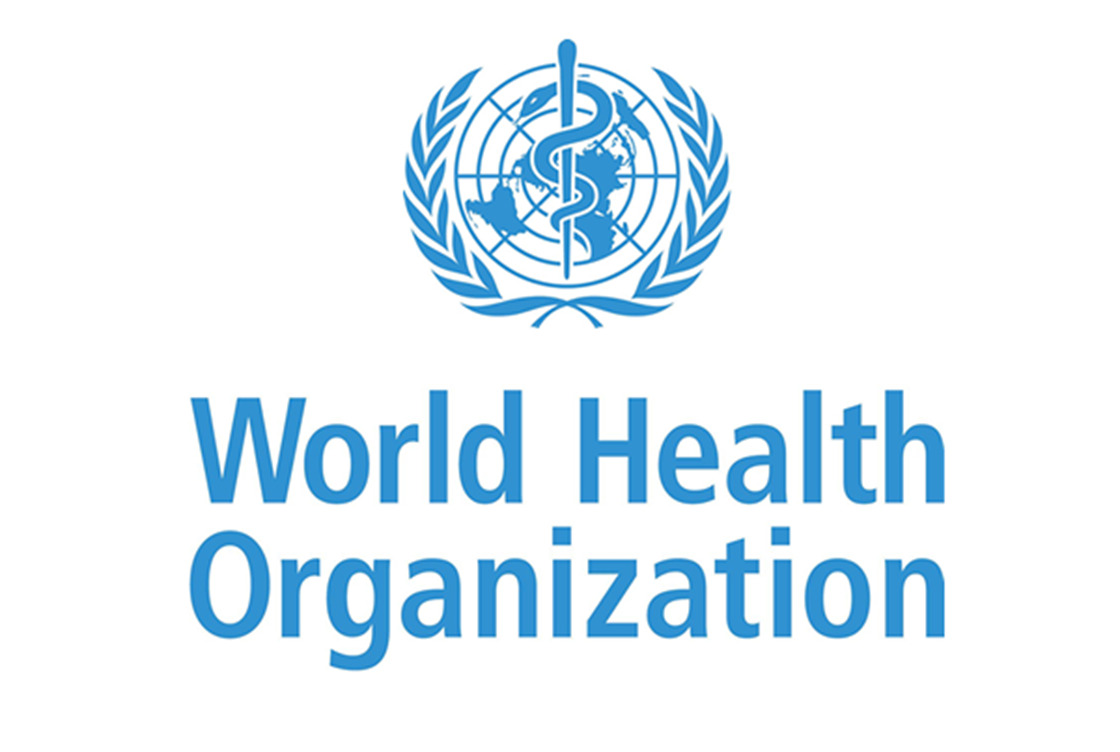
The World Health Organisation (WHO) has unveiled a comprehensive set of guidelines aimed at protecting children from the detrimental effects of food marketing. The new guidance, which was released on Monday, emphasizes the urgent need for governments to establish strong and all-encompassing regulations to combat the aggressive and pervasive marketing of foods and beverages high in fats, sugars, and salt to children.
Francesco Branca, the Director of Nutrition and Food Safety at WHO, stated that irresponsible marketing practices have failed to make a significant impact in curbing unhealthy dietary choices among children. In response, WHO is now urging countries to implement mandatory policies to shield children of all age groups from the marketing of foods and non-alcoholic beverages classified as high in saturated fatty acids, trans-fatty acids, free sugars, and/or salt, commonly known as HFSS foods.
Despite WHO’s initial recommendations on marketing restrictions being endorsed by Member States over a decade ago, young people are still exposed to powerful marketing campaigns promoting HFSS foods and beverages. Consumption of these products has been linked to adverse health effects. The WHO warns that food marketing remains a grave threat to public health as it continues to influence children’s food preferences, intended choices, and overall dietary intake. Moreover, it negatively impacts the development of their understanding of healthy food consumption norms.
The recent recommendation by WHO is based on a comprehensive systematic review of evidence concerning policies to restrict food marketing, including contextual factors. According to the health agency, mandatory policies that protect children of all ages and employ a government-led nutrient profile model to classify restricted foods have been found to be the most effective in curbing the harmful impact of food marketing. WHO emphasizes the need for these policies to be sufficiently comprehensive to ensure their effectiveness.
To ensure the protection of all children, WHO has adopted the definition of a child from the Convention on the Rights of the Child as the basis for these guidelines. Additionally, the agency has updated its recommendations for countries to employ a nutrient profile model, which is typically developed by governments.
WHO stresses that implementing policies to safeguard children from harmful food marketing should be part of a broader approach to establish supportive and enabling food environments. Adapting the WHO guidelines to local contexts requires engaging in local consultations and establishing mechanisms that safeguard public health policy-making from any undue influence stemming from real, perceived, or potential conflicts of interest.
These guidelines are part of WHO’s commitment to supporting governments in creating healthy food environments that facilitate informed dietary decisions, establish lifelong healthy eating habits, improve dietary quality, and reduce the global burden of noncommunicable diseases.





Comments are closed.